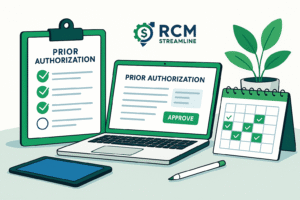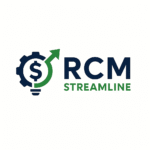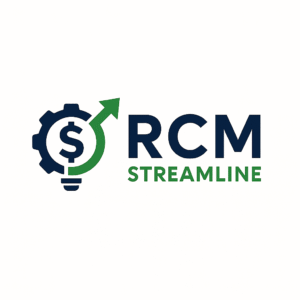How to Build a Rock-Solid Prior Authorization Workflow That Reduces Delays
Tired of waiting on approvals? Here’s how to create a proactive authorization process that improves turnaround times and prevents claim disruptions.

Introduction
Delays in the prior authorization process can bottleneck everything from patient care to reimbursement. A chaotic workflow leads to missing documentation, unclear timelines, and denials that stall cash flow. But it doesn’t have to be this way.
Let’s break down how to build a rock-solid, repeatable prior authorization workflow that ensures faster approvals and happier teams.
Step 1: Map Out Your Current Workflow
Use a whiteboard or tool like Lucidchart or Miro to document:
Who initiates the auth
Which forms are used
Where the payer contacts live
Hand-off points (e.g., front desk → auth team)
Why it matters: Visualizing your existing process reveals inefficiencies and bottlenecks.
Step 2: Create a Standard Operating Procedure (SOP)
A simple SOP should include:
Auth triggers (e.g., CPT/HCPCS codes or payer policies)
Required documentation
Submission method (fax, portal, API)
Timeline expectations
Escalation path
Example: For Medicare Advantage plans, specify that all Part B infusions must be submitted within 48 hours with supporting documentation from the provider.
Step 3: Implement a Tracking Tool
Use an Airtable or Excel dashboard (or your tool at RCMStreamline.com) to:
Log auth requests
Set due dates
Assign ownership
Monitor response status
Pro Tip: Color-code statuses (e.g., “Pending,” “Approved,” “Denied”) to quickly spot problems.
Step 4: Set Daily Checkpoints
Have a designated time (e.g., 10:00 a.m.) to:
Review auth requests submitted the previous day
Confirm documentation completeness
Follow up on overdue requests
Why it matters: This keeps things moving before issues turn into denials.
Step 5: Automate Where You Can
Use:
RPA bots to scrape portal status
Fax parsing software (like Updox or Inofile)
Pre-check tools to identify auth needs at scheduling
Step 6: Communicate with Providers
Delays often stem from missing clinicals or signature issues. Build a fast feedback loop:
Use secure email templates
Add clear checklists for providers
Consider a shared drive for documentation uploads
Step 7: Measure and Refine
Track:
Avg. time from order to submission
Approval rate on first attempt
Denials due to auth issues
Review monthly and update your SOP accordingly.
Conclusion
An optimized prior authorization workflow is one of the biggest levers in your revenue cycle. It minimizes delays, builds payer trust, and saves your team hours of rework. Implement even half of these strategies and you’ll see dramatic improvements in your approval timelines.
Need help creating an optimized prior authroization workflow contact us at support@rcmstreamline.com

